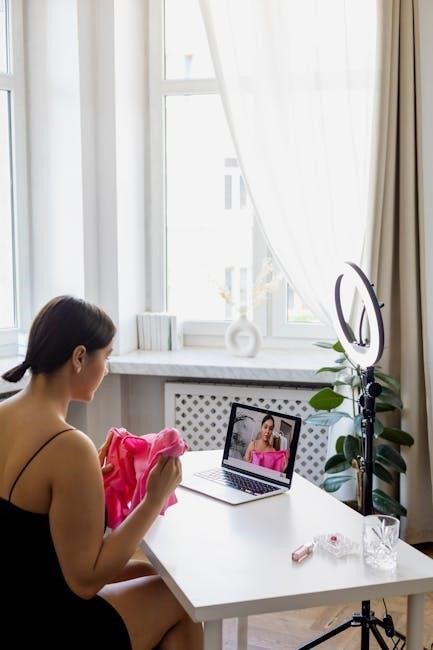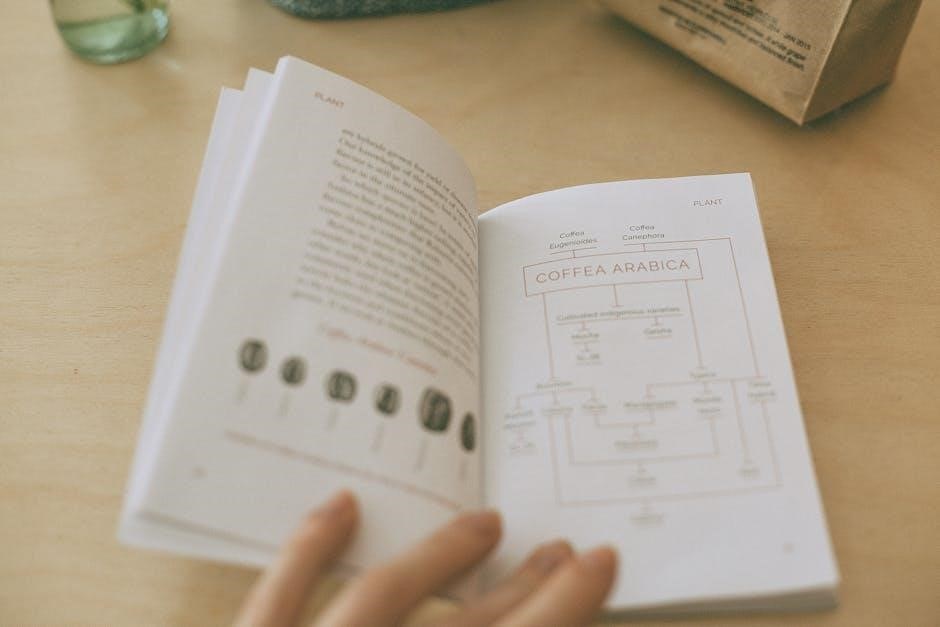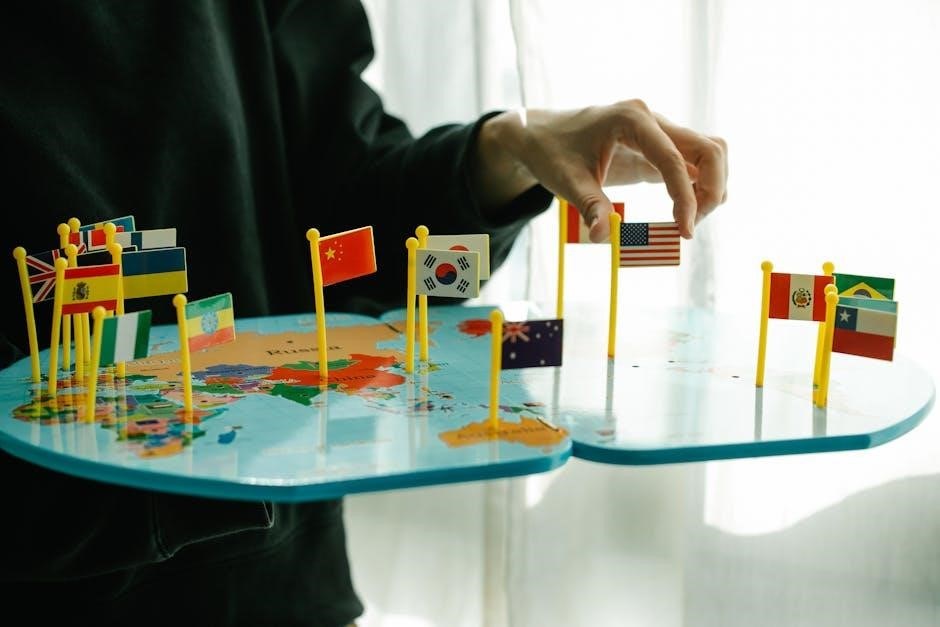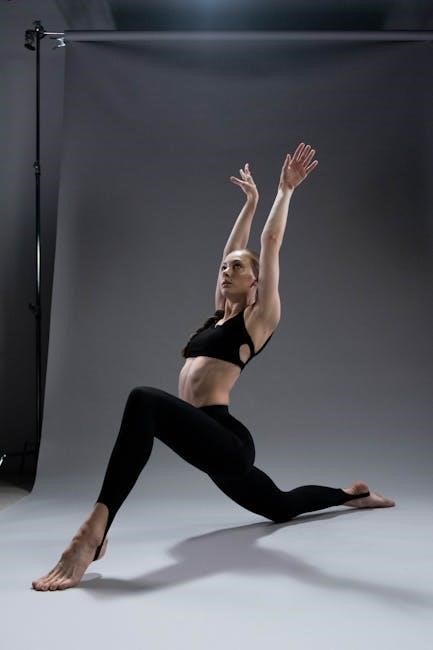DTF (Direct-to-Film) transfers are a popular method for creating vibrant, durable custom designs on garments. Applied using a heat press, they offer excellent color retention and versatility across various fabrics and sizes, making proper sizing crucial for optimal results.

Key Factors Influencing DTF Transfer Size
Garment type, design complexity, and target audience significantly impact DTF transfer sizing. Larger designs suit adult shirts, while smaller, simpler designs are ideal for youth or infant garments, ensuring optimal visibility and appeal.
Garment Type and Size
Garment type and size play a crucial role in determining the ideal DTF transfer dimensions. Adult shirts typically accommodate larger transfers, with standard sizes ranging from 8 to 12 inches in width, depending on the design. Youth shirts require smaller transfers, often between 5 to 7 inches on the longest side, while infant and toddler garments need even more compact designs, usually around 3 to 5 inches. The size of the garment itself also influences placement, as larger garments can support bigger prints without overwhelming the wearer. For instance, full-front designs are common on adult shirts, while smaller, centered chest prints are preferred for youth and infant apparel. Properly scaling the transfer to match the garment ensures a balanced and professional appearance, making it essential to consider both the garment size and the wearer’s age when selecting transfer dimensions.
Design Complexity and Detail
Design complexity and detail significantly impact the appropriate size of a DTF transfer. Intricate designs with fine details require careful sizing to ensure clarity and visibility. Overly large transfers can cause details to become distorted, while too small a size may make them barely noticeable. For complex artwork, maintaining a reasonable size range is crucial, typically between 8 to 10 inches for adult shirts and 5 to 7 inches for youth sizes. High-detail designs benefit from slightly larger transfers to preserve image quality, but they must still align with the garment’s proportions. Simplifying overly intricate designs or using vector graphics can help maintain clarity at smaller sizes, ensuring the final print looks professional and visually appealing. Striking the right balance between size and detail is key to achieving a polished, high-quality DTF transfer that enhances the wearer’s experience.
Target Audience and Usage
The target audience and intended use of the garment play a pivotal role in determining the optimal DTF transfer size. For instance, designs aimed at adults may require larger, more prominent transfers, typically ranging from 10 to 12 inches, to ensure visibility and impact. Youth and toddler garments, however, benefit from smaller sizes, often between 5 to 8 inches, to proportionally fit the smaller surface area. Additionally, the usage context matters—workwear or promotional items may necessitate bold, easily visible designs, while fashion-focused apparel might favor more subtle, stylish placements. Understanding the audience’s preferences and the garment’s purpose helps in selecting transfer sizes that resonate effectively, ensuring both aesthetic appeal and practical functionality. This tailored approach enhances the overall quality and desirability of the custom apparel, making it more aligned with consumer expectations and needs.

Standard DTF Transfer Size Chart
Standard DTF transfer sizes vary by garment type, typically ranging from 5-8 inches for infants and toddlers, 8-10 inches for youth, and 10-12 inches for adults. Adjustments may be needed based on design complexity and intended use to ensure optimal appearance and functionality.
Adult Shirts
For adult shirts, standard DTF transfer sizes typically range from 10 to 12 inches in width and height for full-front designs, ensuring visibility and balance. Center chest designs are often 8 to 10 inches wide, while left chest placements are around 4 inches wide. These sizes accommodate various garment sizes, from small to 3XL. Placement is usually 4 fingers (about 3-4 inches) below the collar, centered for a professional look. Larger designs, like oversize prints, can range from 12 to 15 inches, while smaller options, such as sleeve prints, are narrower (around 1.5 to 3.5 inches wide). Proper sizing ensures the design is proportional to the shirt, avoiding an overwhelming or too-small appearance. Adjustments may be needed for intricate designs or specific use cases, like athletic wear, to maintain clarity and durability. Always consider the intended use and fabric type when selecting transfer sizes for adult shirts.
Youth Shirts
Youth shirts typically require smaller DTF transfer sizes to ensure designs are proportional and not overwhelming. Full-front designs are often 8.5 to 9 inches wide, while center chest prints range from 6 to 8 inches. Left chest placements are usually 4 to 5 inches wide. These sizes accommodate youth garment dimensions, ensuring a balanced appearance. For smaller youth sizes, like 2T to 5T, transfers are even more compact, around 5 to 7 inches on the longest side. Placement is centered, approximately 3 inches below the collar. Design complexity may require slightly smaller sizes to maintain clarity. Proper sizing ensures the design is visible without being overly large, making it suitable for school events, sports, or casual wear. Always consider the garment’s intended use and the child’s age when selecting transfer sizes for youth shirts.

Infant and Toddler Garments
For infant and toddler garments, DTF transfer sizes are significantly smaller to fit the limited space and ensure designs are not overwhelming. Typical front placements range from 5 to 6 inches wide and 3 to 4 inches tall for infants, while toddler sizes may be slightly larger, around 5.5 to 6.5 inches wide. Sleeve designs for infants are narrower, often 1.5 inches wide and 7 inches tall, to fit small sleeves. Pocket-sized transfers, such as 2.5×2.5 inches, are ideal for small logos or simple designs. Placement should be centered and proportional to the garment. Designs for these age groups should be simple and avoid excessive detail to maintain clarity. Proper sizing ensures the transfer is visible yet subtle, making it suitable for delicate or decorative designs on infant and toddler apparel. Always consider the garment’s intended use when selecting transfer sizes for younger children.

Placement of DTF Transfers
DTF transfers are typically placed 3-4 fingers below the collar, centered, for a standard fit. Alternative placements include left chest, sleeves, or back, depending on design and preference.
Standard Placement Locations
Standard placement locations for DTF transfers ensure designs are visually appealing and functional. The most common placement is the center chest, typically 8-10 inches wide, positioned 3-4 fingers below the collar. This central location maximizes visibility and aligns with industry standards. For smaller designs, the left chest is a popular choice, usually measuring 3-4 inches wide and placed 1-2 inches above the heart. The back of the garment is ideal for larger or full-back designs, often spanning 10-14 inches wide. Sleeves can also be used for smaller logos or text, typically placed on the upper arm. Pocket placements are perfect for subtle branding, usually around 2.5×2.5 inches. These standard locations ensure the design complements the garment while maintaining balance and professionalism.
Alternative Placement Options
Beyond standard placements, DTF transfers can be creatively positioned to enhance design impact. A small center chest print can be placed on the bottom left or right for a subtle, modern look. Sleeves are another versatile option, with narrow designs fitting neatly on the upper arm or near the wrist. For a trendy aesthetic, consider placing transfers near the hemline or on the upper back. Pocket placements can also be used for small logos or text, adding a discreet yet stylish touch. Additionally, side panels and shoulder areas offer unique spaces for eye-catching designs. These alternative placements allow for customization that stands out while maintaining a balanced and professional appearance. Always consider the size and detail of the design to ensure it complements the chosen location.

Importance of Proper Sizing
Proper sizing is essential for achieving a professional and visually appealing result with DTF transfers. A design that is too large or too small can detract from the overall aesthetic and functionality of the garment. Correct sizing ensures the design is balanced, fits well, and maintains clarity, especially for intricate details. Additionally, proper sizing contributes to the durability of the transfer, as ill-fitting designs may peel or crack over time. Ensuring the transfer size aligns with the target audience and garment type guarantees comfort and satisfaction. For businesses, proper sizing is crucial for maintaining brand reputation and customer satisfaction. It reflects attention to detail and professionalism, making it a critical factor in creating high-quality custom apparel. Always prioritize accurate sizing to maximize the visual impact and longevity of your DTF designs.
Choosing the Right Transfer Size
Selecting the ideal transfer size ensures designs are visually appealing, fit well, and maintain clarity. Consider garment size, design complexity, and target audience to achieve a professional, balanced look that lasts.

Practical Tips for Optimal Sizing
To ensure your DTF transfers look their best, start by measuring the garment area where the design will be placed. Use a sizing chart to match the design dimensions with the target garment. For example, adult shirts typically accommodate transfers up to 12×12 inches, while youth shirts are better suited for 8.5×8.5 inches. Consider the design’s complexity—detailed designs may require smaller sizes to maintain clarity. Test prints on similar fabrics can help verify size and placement before production. Additionally, aligning the transfer with the garment’s natural lines, such as the collar or hem, enhances the professional appearance. Always refer to a DTF transfer size guide for specific recommendations tailored to your project needs.

